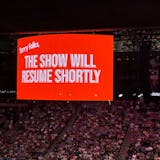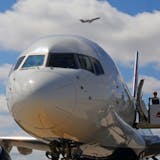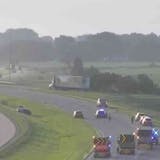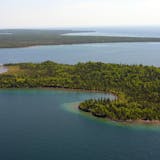After land and seed, nitrogen for fertilizer is the largest yearly expense for corn and soybean farmers. It costs more per acre than fuel, crop insurance or labor.
Most nitrogen fertilizer comes from factories, where the element is pulled from the air and liquefied using hydrogen in an energy-intensive process. The liquid, or ammonia, is then transported to farms as fertilizer.
Production of this fertilizer, which has revolutionized agriculture in the past century, is clustered around cities like Houston and Pittsburgh. Minnesota has none.
But a Minnesota company in its infancy is hoping to change how farmers get nitrogen, a shift that would reshape farming.
Researchers at the University of Minnesota have built small-scale prototypes of machines that can make nitrogen fertilizer out of air and water. Kennedy Research, an ag startup in Murdock, Minn., is negotiating with university officials for a licensing agreement to build a larger prototype that it could sell to farmers.
U professor Roger Ruan patented the technology in 2014, and has built at least three prototypes that work.
"The first thing we have to do is duplicate his process to make sure we can make that work, and then scale that up to make a product that would be of interest to a reasonably sized farm," said Pete Kennedy, who started Kennedy Research.
Kennedy said there are 133,000 farms in the Upper Midwest that grow at least 500 acres of corn.



